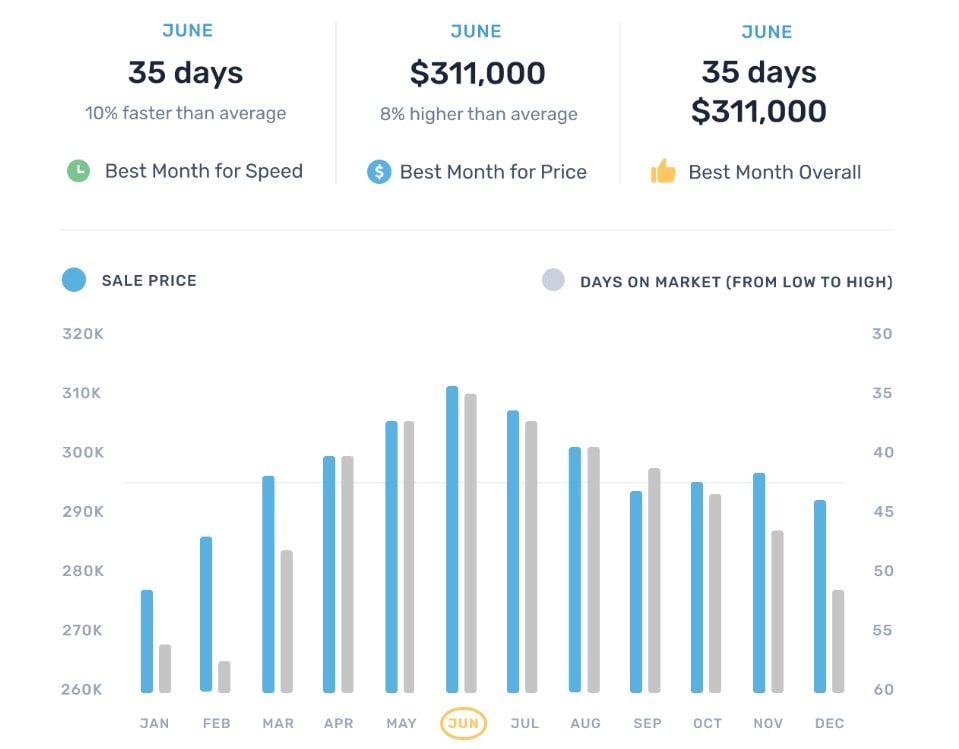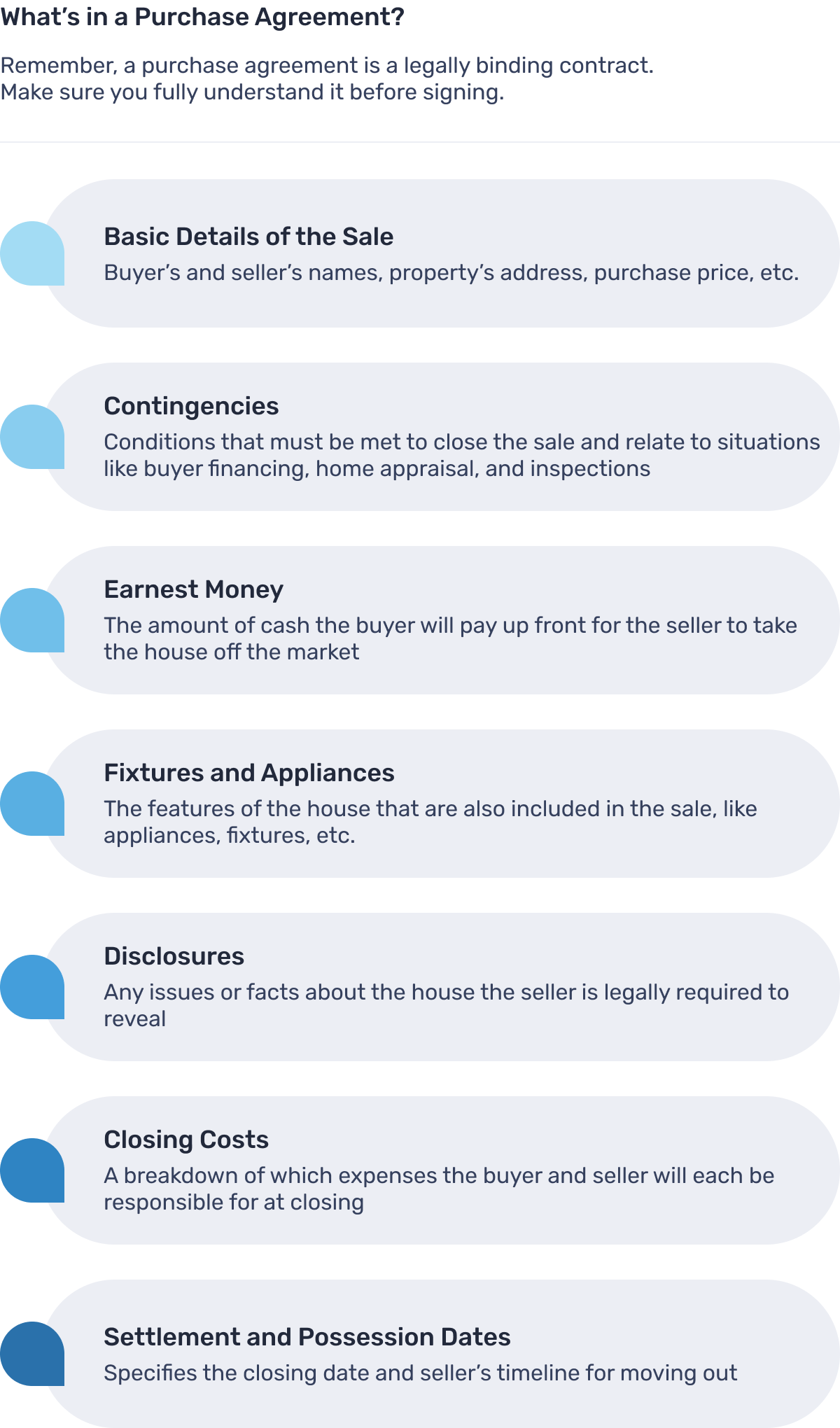8 Steps To Selling A House In California
8 Steps To Selling A House In California
Do you like this Article ?
Sign up HERE for your FREE M&M Account to receive more Real Estate related information and news and THIS article.
M&M Membership includes: FREE Coaching Events & Workshops, access to our Real Estate News Group (Local & National Real Estate and Financial News), access to social media marketing tips and nuggets, So Cal weekly market report, and much more.
8 Steps To Selling A House In California
Getting ready to sell your house in California? Our in-depth guide breaks the entire process down into 8 simple steps. Learn how to find a great agent, price your home, negotiate with buyers, breeze through closing, and more!

What’s Clever? We’re a free resource dedicated to helping you make smart decisions, sell fast, and save money — check us out and read our reviews here.
Now is a good time to be selling a house in California! According to Zillow Research, property values in the Golden State rose 1.94% in 2019, and are projected to rise a further 4.23% over the next year.
Of course, even the best California properties will struggle to sell if you don’t price the home properly, do a poor job of marketing it, or don’t know how to handle the negotiations.
1. Finding a California realtor
Selling a home isn’t easy. It’s a high-stakes, complex transaction and requires a considerable amount of time and expertise to get a good outcome. If you’re looking to sell your California home for the best price — and minimize stress along the way — you need to find a top-rated real estate agent in your area.
The best California listing agents know exactly what local buyers want and how to reach them. They’ll offer expert advice, guidance, and support every step of the way, from the initial listing all the way through closing.
In fact, sellers who work with real estate agents net 33% more, on average, than those who list on their own. For a $549,671 home — the median home value in California, according to Zillow — that’s a premium of $181,391. In other words, hiring an agent is well worth the investment.
2. Deciding when to sell
When it comes to selling a home, timing is everything. Waiting just one month to list could mean getting tens of thousands more for your home.
Best time to sell a house across the U.S.

Best time to sell a house in California for speed
| Best Month to Sell for Speed in California | April, May, & June | 28 days on market | 7 days faster than average |
California homes spend the fewest number of days on market when they’re listed in April, May, or June. Homes listed in each of these months spent an average of 28 days on the market.
Keep in mind, days on market does not include how long it takes to close. Typically you can expect to wait another 30-40 days to close once you accept an offer.
Best time to sell a house in California for price
| Best Month to Sell for Price in California | May | $601,000 median sale price | 5% more than average |
If your main focus is getting more money for your house, it’s best to list in May or June. These months had median sale prices of $601,000 and $600,000 (respectively).
For comparison, homes listed in January had a median sales price of only $521,000.
3. Pricing your home
You need to have data to back up your pricing decisions. With a comparative market analysis (CMA), your realtor can help you maximize your earning potential. They’ll have comprehensive data about recent and pending sales, as well as other similar homes listed in your area.
Using comps and their years of experience, your agent can help you decide on a listing price that will help you sell fast, get more money, or both.
4. Preparing, marketing, and showing your home
Listing your home is about more than putting a “For Sale” sign in your yard. Use these pro tips to make sure as many buyers as possible see your listing.
Stage your home
Thanks to the popularity of HGTV home selling shows, buyers now expect houses to be staged. And it pays off for sellers: staged homes sell 86% faster than non-staged homes.
But it’s important to stage your home so that it speaks to your local California market. You don’t want to stage an extra bedroom as a nursery if most buyers in your area are retirees.
No matter what home buyers are looking for, one of the most important parts of staging a home is depersonalizing it. Buyers can’t imagine themselves in your house if it’s full of your family photos or souvenirs from your vacations. Pack those items away as step one of staging the house.
Craft an appealing (and accurate) listing description
Today, most buyers start their home search online. However, since there are tons of real estate websites, it’s easy for your listing to get lost in the shuffle. Creating an attractive home listing will help you stand out from the competition.
When writing your listing, make sure you’re marketing to a local audience. Tell people what’s specifically great about your house and its neighborhood. If there are plenty of restaurants and boutiques within walking distance, be sure to mention if most buyers are young professionals looking for local nightlife.
Also, get professional photos taken of your home. Along with your realtor, choose which photos will highlight your house and make it memorable for buyers.
In the written description, you want to convey all the necessary information without overwhelming buyers. Use bulleted lists to make it easy to see the most attractive features of the home.
Market your home
While your agent will take care of most of the marketing responsibilities, you can still contribute. Build up a buzz about your listing by sharing information about showings and open houses on social media.
Your personal network can also connect you to buyers; let your friends and family know you’re selling and see if they know of anyone who’s looking for a new house. You can even offer a small prize — like a gift card to a local restaurant — to anyone who helps you find a buyer.
Showings and open houses
One of the best things homeowners can do during a showing or open house is to make themselves scarce. Your agent knows how to spot serious buyers and will be able to answer their questions.
Even though you’ve lived in the home for years, that doesn’t make you the best person to try and convince buyers to put in an offer.
Instead of finding time in your schedule for showings and open houses, focus on making sure the house stays clean and decluttered. That way whenever a potential buyer wants to stop by, you’ve done your part to make the home look fantastic.
5. Fielding offers and negotiations
Once you receive an offer on your home, don’t assume everything is a done deal. Even if you receive multiple offers at your asking price, you don’t have to accept any of them. Negotiating and going back and forth with counteroffers is all part of the process.
Know that even if a buyer won’t budge on their sales price, there are other aspects of the sale you can negotiate to ensure you get a better deal. Your realtor can let you know if making fewer repair concessions or agreeing to an inspection contingency would be beneficial in your situation.
Once all the details are ironed out, you and the buyer will sign a purchase agreement, taking you one step closer to closing the sale.

6. Appraisal and inspections
In most cases, after signing a purchase agreement, the buyer will need an appraisal of the house. Most lenders require that the home is appraised before they agree to give out a loan; they want to make sure the home is worth as much as the mortgage so it can act as sufficient collateral.
Following the appraisal, the buyer has the right to hire an inspector to see what could be wrong with the home that’s gone unnoticed. The appraiser will look at the roof, the foundation, the electrical wiring, the HVAC system, and the plumbing, among other things.
If there are major issues uncovered, expect more negotiations. The buyer is going to use the potential cost of repairs to ask for a lower price (if the purchase agreement has relevant contingencies).
7. Paperwork and required California disclosures
Unless you’re transferring the home by court order, as in a divorce, you’ll be required to fill out a Transfer Disclosure statement when selling a house in California. This form will let prospective buyers know about structural issues, damage, neighborhood noise, or damage. You even have to let buyers know if the home is “stigmatized” by a death occurring at the property in the last three years.
You also need to fill out the California Natural Hazard statement to let potential buyers know if the house is in a flood zone or at major risk of fires.
If there are any liens on the home, you may need to let buyers know. They also need to be informed of where to find a listing of local registered sex offenders according to a state registry. Your local realtor can help you determine how much you need to disclose to be compliant with the law.
While it’s good to be familiar with all the documents you might need to close on your home, always consult your agent or attorney before signing or filing paperwork.
A licensed professional should walk you through all the paperwork and ensure you have everything you need for your situation.
Forms and Documents for Selling a House in California
Required for All Real Estate Sales in California
- 2 Forms of ID
- Copy of Purchase Agreement and Any Addendums
- Closing Statement
- Signed Deed
- Bill of Sale
- Affidavit of Title
Possible Additional Documents
- Loan Payoff Information
- HOA Forms and Guidelines
- Survey Results or Survey Affidavits
- Home Inspection Results
- Proof of Repairs or Renovations
- Home Warranty Information
- Copies of Relevant Wills, Trusts, or Power of Attorney Letters
- Relevant Affidavits (Name Affidavits, Non-Foreign Affidavit Under IRC 1445, etc.)
- Closing Disclosure (for certain seller concessions)
- Correction Statement and Agreement
California Disclosure Forms
- California Transfer Disclosure Statement
Megan’s Law Disclosure
Natural Hazard Disclosure Report/Statement
Statewide Buyer & Seller Advisory
Residential Earthquake Hazards Report
8. The closing process
Once both parties have fulfilled their responsibilities in the purchase agreement, it’s time to close the deal.
During closing, the buyer is entitled to do a final walkthrough to check that the home is still in good condition and that all requested repairs were made and that the home.
Then, both parties sign the final forms to set the Verification of Property in motion. These forms are filed with the county office. Both buyers and sellers will pay final closing costs at this time. If everything goes as planned, the buyer will take ownership of the home and you’ll receive your money.
Next steps: Sell your California home and save thousands
Whether you’re looking to list your California home immediately or 6-12 months from now, it’s never too early to start looking for an agent, getting advice, and making a plan.
Clever is here to help guide you through the home selling process — and save money along the way!
Source: www.listwithclever.com
Author: Clever Real Estate
M&M NEWS
Related Articles
The Real Estate Market is Cyclical, Don’t Panic, Adjust!
The Real Estate Market is Cyclical, Don’t Panic, Adjust! The Real Estate market is cyclical. The data shows, and it’s clear that we are experiencing one of the toughest real estate markets in the past decade. As bad as it is, there are certain agents who do well,...
Why the housing market is going from tough to terrible
Why the housing market is going from tough to terrible Do you like this Article ? Sign up HERE for your FREE M&M Account to receive more Real Estate related information and news and THIS article. M&M Membership includes: FREE Coaching Events & Workshops,...
As mortgage rates hit 8%, home ‘affordability is incredibly difficult,’ economist says
As mortgage rates hit 8%, home ‘affordability is incredibly difficult,’ economist says Do you like this Article ? Sign up HERE for your FREE M&M Account to receive more Real Estate related information and news and THIS article. M&M Membership includes: FREE...
